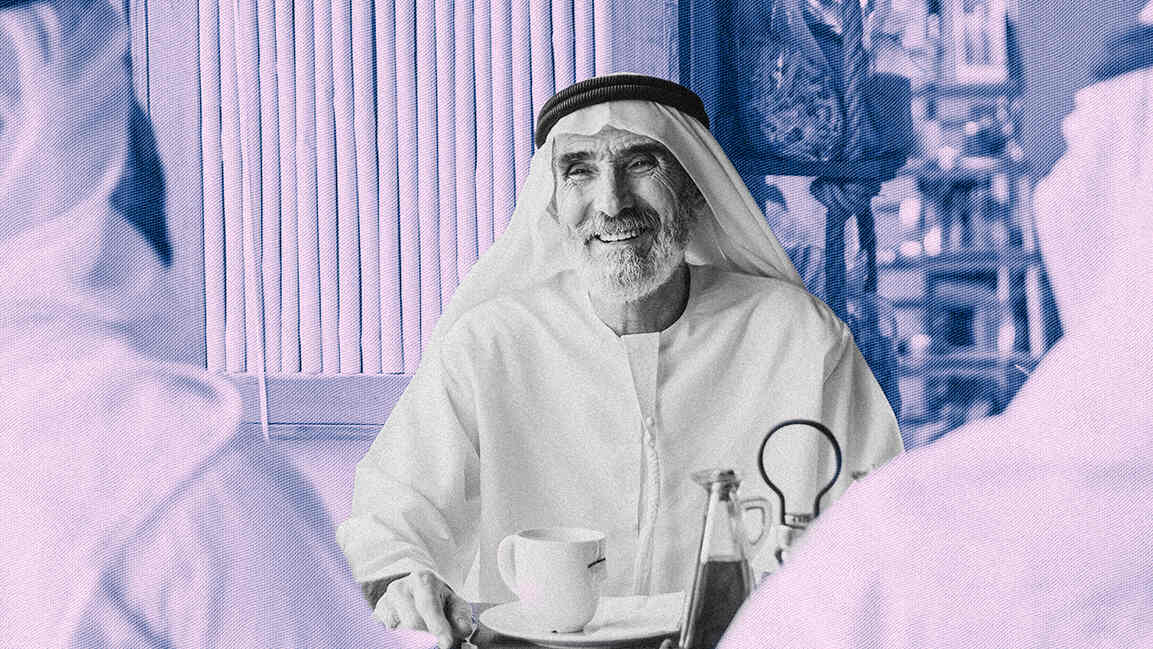- | 7:00 am
Egypt’s ride-hailing race: Big players, local gaps, and the battle for trust
Foreign giants and local startups compete for Cairo’s crowded streets, but service quality and safety remain the actual battlegrounds.

As the most populous country in the MENA region, Egypt has attracted a steady stream of international and local ride-hailing platforms.
China’s DiDi and US-based inDrive entered the market in recent years, unfazed by Uber and Careem’s early dominance. Estonia’s Bolt followed in early 2024, luring customers with a 50% discount for riders and waiving its 15% driver commission for six months.
Yet despite the competition, the market remains underserved, with many players struggling to overcome persistent challenges. Local startups, such as Ousta and Dubci, failed to survive against regional and global giants.
“Egypt’s ride-hailing market isn’t overcrowded; it’s undercooked,” wrote Adel Mamdouh, commercial director at Arrw by Rehla Rides, in a post. “From the outside, it looks like a saturated market. But inside? It’s full of missed plays and half-built models.”
Uber, he argued, had the infrastructure, deep-tech stack, and early trust to dominate pooling and mass transit. “But they held back. That gap gave InDrive room to rise not with a better product, but with price-first psychology.”
InDrive’s bidding model allowed riders to negotiate fares. But, Mamdouh noted, “the model came with a cost—a massive drop in quality, safety, and consistency.”
DiDi, meanwhile, poured millions into discounts and incentives to gain volume. “But it ignored fleet quality and service reliability, even though it had the capital to elevate the standard,” Mamdouh said.
The problem, he added, is a lack of true local focus.
Haitham Mansour, country manager for Egypt and Saudi Arabia at Bolt, agrees. “The main reason so few platforms have succeeded is their failure to localize. A ride-hailing model that works in Western markets—or elsewhere in the MENA region—often overlooks Egypt’s unique market dynamics.”
ROOM TO GROW — IF SERVICE IMPROVES
With over 116 million people and gridlock in major cities, Egypt offers a fertile environment for ride-hailing services. According to Grand View Research, the market is expected to grow from $1.84 billion in 2024 to $3.61 billion by 2030, at a CAGR of 11.4%. Rising traffic, growing demand for affordable car-sharing, and a preference for comfort are all driving factors.
However, the sector’s growth potential is still hampered by one persistent obstacle: service quality. App reviews highlight common complaints: drivers refusing digital payments and insisting on cash, reluctance to use air conditioning in Egypt’s sweltering heat, and poorly maintained vehicles.
These issues have eroded customer trust, making it harder for platforms to scale despite rising demand.
Some players are moving to address these gaps. Earlier this year, DiDi introduced DiDi Comfort in Cairo and Alexandria, offering newer cars, stronger air conditioning, and top-rated drivers. High-performing drivers benefit too, gaining access to more ride requests and higher earnings.
Local startups are also positioning themselves as solutions. Rehla Rides launched its app Arrw in June 2025 with 600 vehicles in Alexandria and the North Coast. It aims to expand to Cairo and other major cities within 18 months and create 10,000 driver jobs by the end of its second year. To boost passenger safety, it intends to equip every vehicle with dashcams.
Meanwhile, Zed’s launched operations in Alexandria in mid-2025, promising the lowest commission rates in the industry. It also offers AI-powered driver monitoring, encrypted ride recordings, in-vehicle entertainment, and a “pink mode” that allows female passengers to book female drivers. Zed’s hopes to create 200,000 driver opportunities in its first year.
“The companies that managed to secure a share of the market did so because they had both the funding and the consistency to sustain their operations,” says Khalid Osama, regional driver operations manager at Zed’s.
“Some platforms attracted drivers by offering zero commission for more than six months, while maintaining strong planning and cross-departmental alignment. Others struggled because they lacked the right talent in critical roles and couldn’t sustain promo codes for riders or meaningful incentives for drivers.”
WOMEN-ONLY RIDES
Safety remains a top concern—particularly for women. Numerous accounts of harassment and disrespect have pushed platforms to integrate safety features such as SOS buttons, facial recognition for driver verification, and live GPS tracking.
Still, many riders felt the need for women-only services. Wasaleeny entered this space in 2024, offering female passengers a safer and more comfortable ride while creating job opportunities for women drivers.
Today, the platform operates nearly 2,000 vehicles in Greater Cairo, and about 2,000 female captains serve almost 50,000 women.
“Although ride-hailing in Egypt has grown quickly, many women are still hesitant to use these services because of safety concerns, social pressures, and the fact that most platforms depend mainly on male drivers,” says Mayar El Ghandour, marketing manager at Wasaleeny.
INTERCITY POTENTIAL
Egypt’s sheer size—third largest in the Middle East—presents another untapped opportunity: intercity ride-hailing.
“Egypt’s size makes intercity mobility a real need,” says Osama of Zed’s, which is exploring ways to make long-distance trips more accessible and affordable.
The rise and fall—and partial recovery—of Egyptian-born startup Swvl, which provided inter- and intra-city rides, illustrates the sector’s opportunity and complexity.
Uber Shuttle, launched in Cairo in 2021, offers a shared-bus service between public transport and private rides. It provides a more comfortable alternative to overcrowded buses, though without the privacy or flexibility of a car.
“While some platforms have started to tackle this gap, the demand for long-distance and intercity ride-hailing remains largely underserved,” says Mansour. “Complex logistics, safety concerns, and the absence of a clear regulatory framework for intercity travel have made it difficult for platforms to scale effectively in this segment.”
WHAT’S NEXT
Industry experts believe the Egyptian market can support multiple platforms—but only those delivering a balanced experience for riders and drivers.
“Many platforms focus heavily on just one side. Customers expect high-quality, reliable service, while drivers need more than bonuses or guarantees,” says Osama. “At Zed’s, we’re addressing this by introducing value-added benefits such as medical insurance, enhanced safety measures, and exclusive car parts and service offers.”
For Mansour, success in Egypt’s ride-hailing market hinges on trust and operational excellence. “What’s still missing is a provider that can merge seamless technology with a deep understanding of local logistics and an unwavering focus on solving real, on-the-ground problems. This is exactly what Bolt is working to deliver through its operational strategies.”
Looking ahead, Osama predicts a shift away from promo-driven growth toward value-driven ecosystems.
“Companies that can integrate transport with broader services—financial products, driver benefits, safety, and even partnerships in mobility and logistics—will emerge as leaders,” he says.
“Ride-hailing in Egypt will become less about price competition and more about who builds a sustainable ecosystem for riders and drivers.”








































